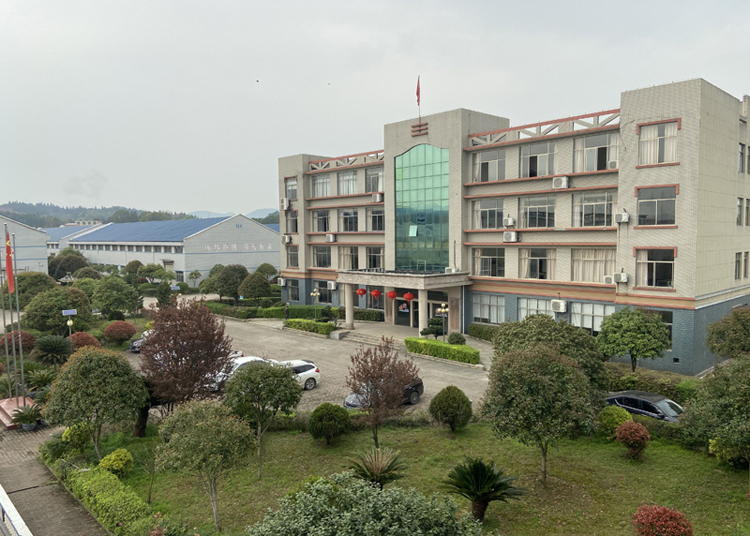
Pingxiang Baili New Materials Co. , Ltd. is a combination of environmental protection and energy conservation with chemical fillers, formerly a 1990s company specializing in the production and sale of Fillers, village-run enterprises, after the restructuring, Pingxiang Baili New Materials Co. , Ltd. was established, the company is located in the industrial ceramics capital industrial park, China National Highway 319, adjacent to Hunan, near the zhejiang-jiangxi railway, transportation is very convenient.
The registered capital of the company is 20 million yuan. The company has its own factory building of 6,000 square meters. It has a complete production equipment system and strong technical force, pharmaceutical power and other industries to provide professional and reliable, Guangfa comprehensive products, well received by users. Our main sales: CERAMIC/PLASTIC/METAL fillers, ceramic balls, active/inert alumina, molecular sieve, water treatment filter, honeycomb ceramics, heat storage, carriers, catalysts, casting ceramics, anti-corrosion acid bricks, PPH permeable brick tower, tower internals, anti-corrosion storage tanks.
5% of annual sales and R & D investment
Full time technical engineer 24-hour service
The registered capital of the company is 20 million yuan. The company has its own factory building of 6,000 square meters. It has a complete production equipment system and strong technical force, pharmaceutical power and other industries to provide professional and reliable, Guangfa comprehensive products, well received by users.
At present, the company covers an area of more than 6000 square meters and has more than 100 employees. At the same time, it has close and in-depth cooperation with many scientific research institutions in the field of new materials, and constantly innovates and improves the product structure, is the largest local environmental packing, non-standard equipment manufacturers.
We uphold the "integrity-based, customer first" business philosophy, adhere to the "quality is life, innovation combined with professional" corporate standards, as well as perfect after-sales service partners and industry recognition. Warmly welcome friends from all walks of life to visit and guide us.
